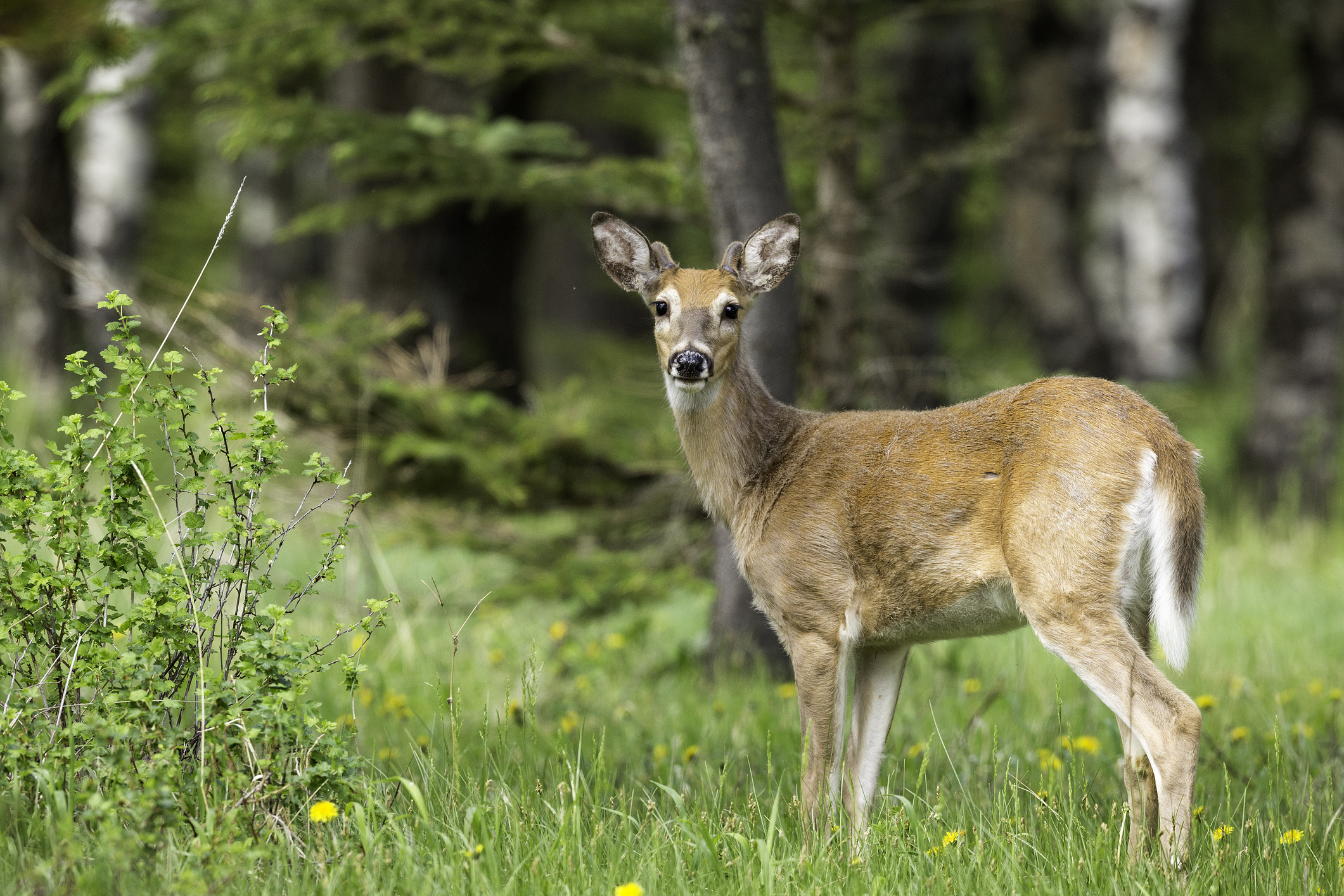
COVID-19 Is Mutating In Deer. That Could Become a Problem for People – Health officials say that while the worst of the COVID-19 pandemic may be behind us, SARS-CoV-2 is still a threat, and COVID-19 may be a disease we have to learn to live with, just as we have with influenza and other contagious illnesses.
Because most of the world is vaccinated, infected, or both, we are far more protected against serious COVID-19 disease than we were in 2019 when the virus first appeared. But as long as the virus keeps spreading, there is a chance it will mutate to evade vaccines, treatments, and the population-wide immunity we have built up, and could cause another devastating round of disease and death.
And that viral replication could happen not only in humans—but in animal populations as well. In a paper published in Nature Communications, researchers led by Andrew Bowman, associate professor of veterinary preventive medicine at Ohio State University, studied the COVID-19 virus in deer populations in Ohio. While previous studies have documented the virus in deer populations, Bowman and his team focused on more granular genetic changes in the viral genome in infected animals, and found that SARS-CoV-2 evolves—meaning that it develops changes in its genetic code—three times faster than it does in people.
Understanding how the virus is mutating in deer populations is important for human health, says Bowman, because based on the timing of infections, and the genetic signature of the virus in deer and human samples, it’s likely that deer are getting infected from people. And if that’s the case, then it’s possible that deer could also pass the virus back to humans. If SARS-CoV-2 is evolving rapidly in deer, that could also mean that the virus that deer introduce back to people could be a greater threat to human health.
In the study, his team looked at a relatively small number of deer and detected 30 instances that SARS-CoV-2 likely jumped from people to deer in urban and suburban parts of Ohio. The genetic fingerprint of the virus from different deer samples matched those that had been circulating among people. It’s unclear how the deer are getting infected; hunting is the most common interaction between deer and people, but in those cases, humans are more likely coming into contact with dead animals—and wouldn’t be spreading a virus to them. “We really don’t understand what the interface is,” says Bowman.
Deer don’t get sick from SARS-CoV-2 as humans do, and Bowman’s analysis showed that deer can carry SARS-CoV-2for as long as six to nine months, which may explain how it spreads from animal to animal. And if deer are a significant reservoir for the virus, it could pose a threat to people since the deer give SARS-CoV-2 another opportunity to replicate and generate mutations.
For now, it appears the deer-harbored virus hasn’t evolved to become more dangerous to people. Bowman and his colleagues infected hamsters who had been vaccinated with the latest COVID-19 shots with the deer virus and the hamsters continued to produce antibodies that neutralized the virus.
But resolving some of the mysteries about how deer are getting infected, and what the virus is doing in that animal population, will be important for protecting human health longer term. “The question is, is the virus changing in the deer population away from what we had in the human population?” says Bowman. “I’m not as concerned if we have a deer- to- human transmission event occurring today. It’s more concerning if the virus is continuing to evolve away from what is circulating in humans now, and five, 10, or 20 years down the line there is a virus circulating in the deer population to which humans are immunologically naïve, so it can come back in and cause disease. Are we setting up a new reservoir species so that eventually human immunity will not be protective against whatever is circulating in deer?”
Kindly read more from our website homepage








